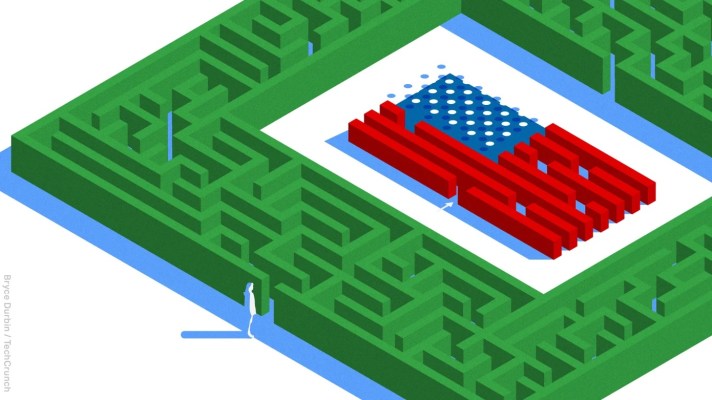Dear Sophie: Any USCIS updates on automatic work extensions and premium processing? – TechCrunch

Here’s another edition of “Dear Sophie,” the advice column that answers immigration-related questions about working at technology companies.
“Your questions are vital to the spread of knowledge that allows people all over the world to rise above borders and pursue their dreams,” says Sophie Alcorn, a Silicon Valley immigration attorney. “Whether you’re in people ops, a founder or seeking a job in Silicon Valley, I would love to answer your questions in my next column.”
TechCrunch+ members receive access to weekly “Dear Sophie” columns; use promo code ALCORN to purchase a one- or two-year subscription for 50% off.
Dear Sophie,
My H-1B expires in late May and my employer recently filed an extension. I’m anxious about the results.
Can I add in premium processing and personally pay for it? I’m thinking about self-petitioning an EB-2 NIW green card — what’s the latest on premium processing?
— Hungry in High Tech
Dear Hungry,
Your desires for security and freedom resonate with so many! Some exciting updates from the U.S. Citizenship and Immigration Services on the topics of automatic work extensions and premium processing are just in; it’s wonderful news that USCIS is committed to improving its quality of service.
They’ve been backlogged due to the pandemic, funding issues and paper-based processing, which I recently explained in my podcast on the state of immigration.
The latest on Automatic Extensions of Employment Authorization
USCIS just announced the Automatic Extension of Employment Authorization and Employment Authorization Documents (EADs) for Certain Renewal Applicants, a new final temporary rule that will soon take effect to reduce backlogs and strains on the workforce.
Previously, there was a 180-day automatic EAD extension for certain categories; it will be extended up to 360 days for a total of up to 540 days, from May 4, 2022 to October 26, 2023. This announcement will benefit many categories, such as H-4, L-2 and E-1/E-2/E-3 spouses, as well as asylees and asylum-seekers, TPS holders and applicants for adjustment of status.
H-1Bs
In this year’s H-1B lottery, which closed in March, USCIS received a record 483,927 registrations, which was a whopping 56.8% increase from 2021. Of the 85,000 H-1Bs allocated each year, 20,000 are earmarked for individuals with a master’s degree or higher from a U.S. university. USCIS reported that about 31% of all registered individuals had advanced degrees.
Unlike the annual H-1B lottery registration process, which is digital, actual H-1B petitions are still paper-based. Filing an initial H-1B petition or an extension requires submitting the application form and supporting documents in hard copy to USCIS.

Image Credits: Joanna Buniak / Sophie Alcorn (opens in a new window)
For extensions, beneficiaries of H-1B petitions are automatically work authorized by the I-797 Receipt Notice for the timely-filed Form I-129 petition by the employer, up to 240 days. This is why some employers choose not to invest in premium processing for H-1B extensions.



